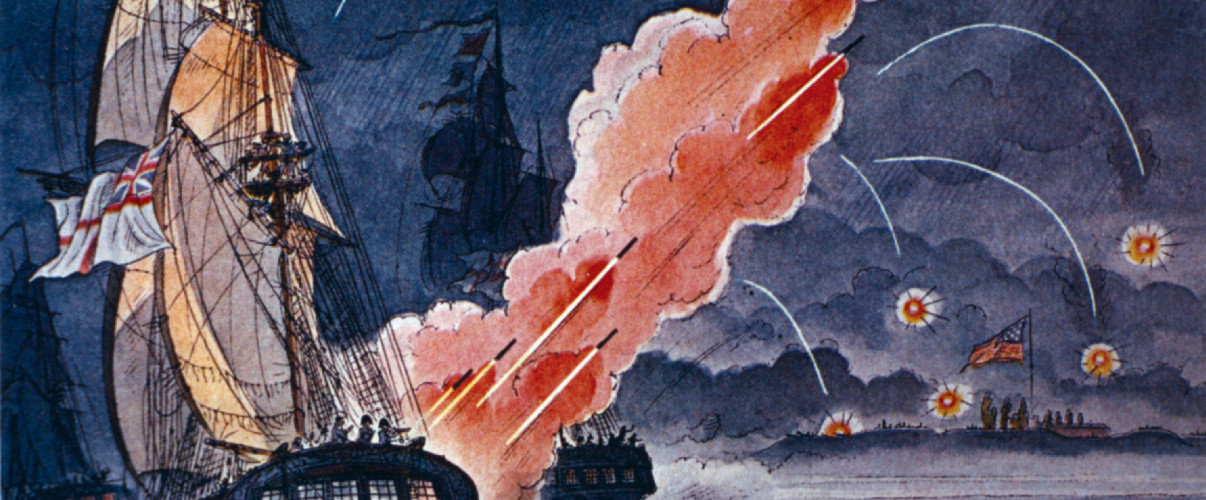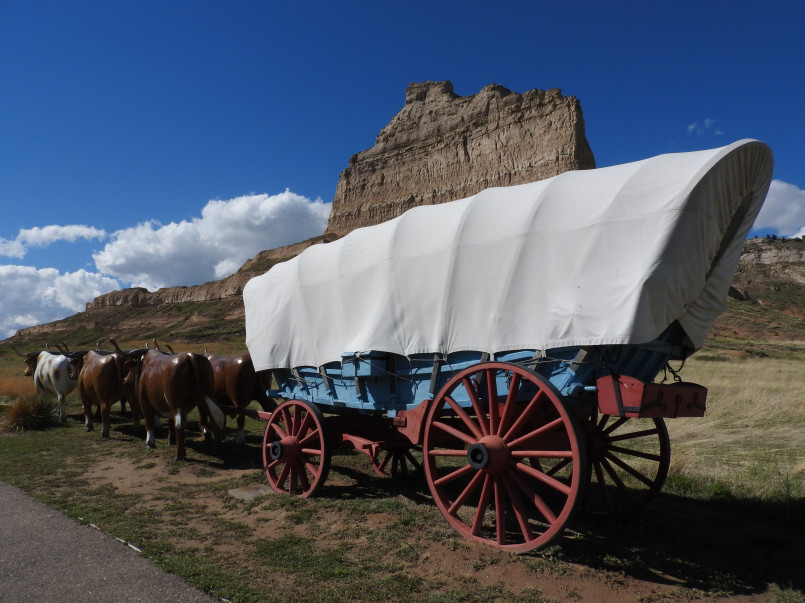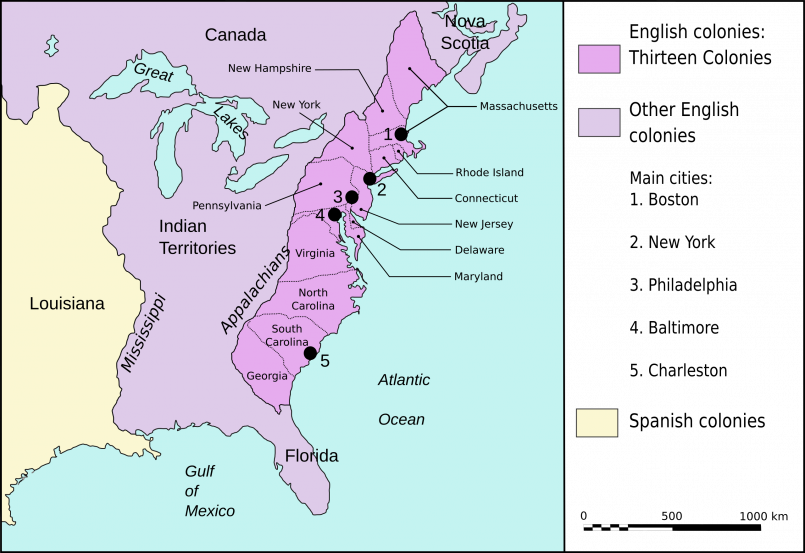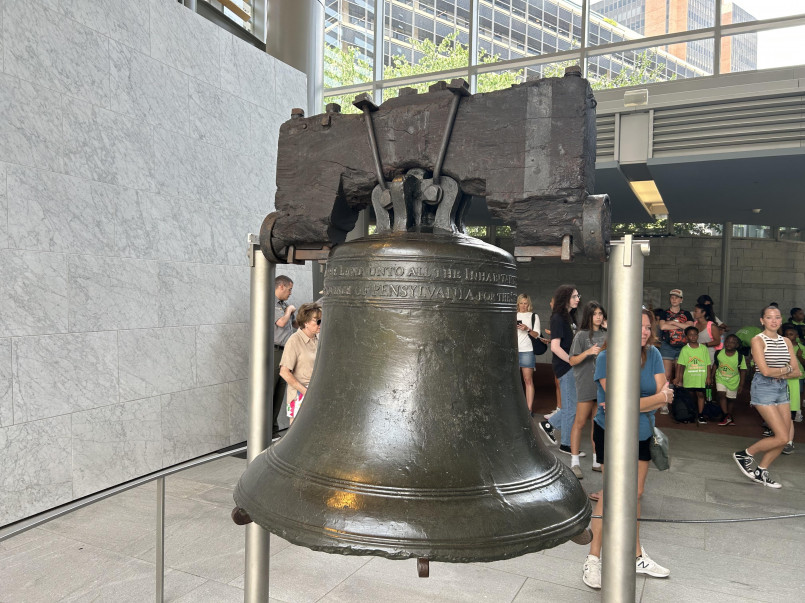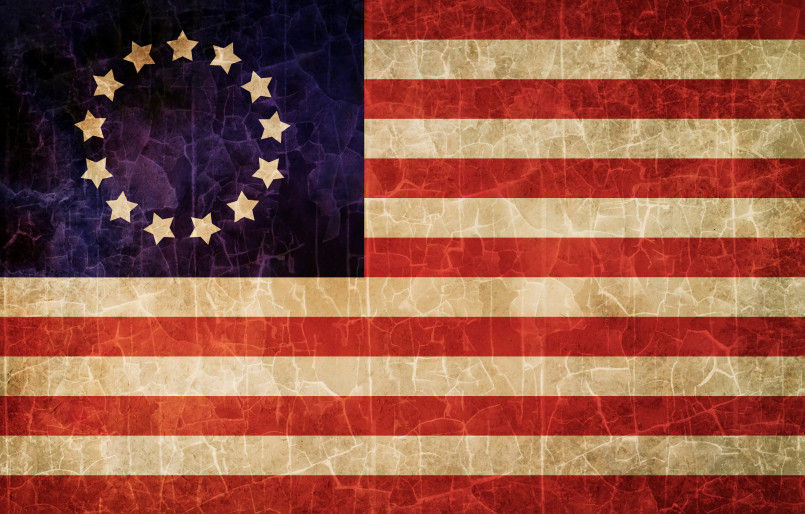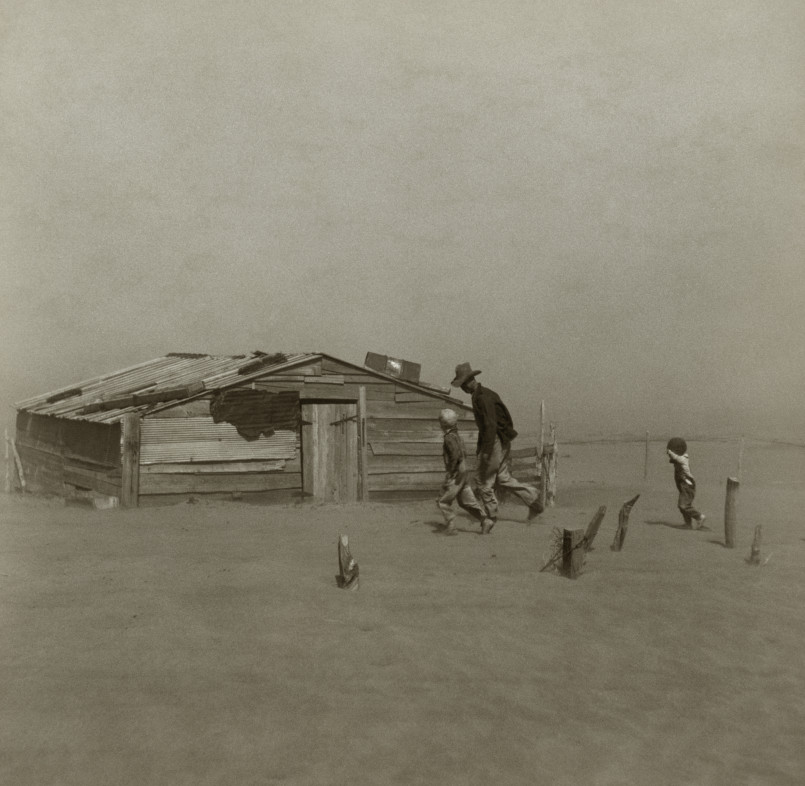Born amid the bombs and rockets of the War of 1812, America's national anthem has a dramatic origin story few know in full. From Francis Scott Key's night of uncertainty watching Fort McHenry's bombardment to the anthem's surprising journey to official recognition over a century later, the Star-Spangled Banner's history reflects America's own struggle for identity and resilience.
Few patriotic symbols stir American emotions quite like "The Star-Spangled Banner." Yet behind the familiar melody and lyrics lies an extraordinary story of war, poetry, and national identity. Born during one of America's most precarious moments, our national anthem captures a pivotal turning point when the young nation's survival hung in the balance.
The anthem's creation during the War of 1812 reflects America's determination to preserve its independence against the world's greatest naval power. What began as one man's poetic response to witnessing a crucial battle would eventually become the musical embodiment of American resilience and pride.
Francis Scott Key and the Battle of Baltimore
The story begins in September 1814, when Francis Scott Key, a 35-year-old American lawyer and amateur poet, found himself aboard a British ship in Baltimore Harbor. Key was on a diplomatic mission to negotiate the release of Dr. William Beanes, an American civilian prisoner. Though successful in securing Beanes' freedom, the British officers wouldn't allow them to return to shore until after their planned attack on Baltimore.
This twist of fate positioned Key as an eyewitness to the Battle of Baltimore, specifically the bombardment of Fort McHenry. Through the night of September 13-14, 1814, Key watched as British warships unleashed a relentless barrage of bombs and rockets on the American fort-a crucial defensive position protecting Baltimore.

For 25 hours, the British fleet fired between 1,500 and 1,800 shells at the fort. What made this moment particularly tense was that the War of 1812 had been going badly for the Americans. Just weeks earlier, British forces had burned Washington D.C., including the White House and Capitol Building. If Baltimore fell, the young United States would be in dire straits.
Creating the Poem
As dawn broke on September 14, Key anxiously searched the horizon. Through clearing smoke, he spotted what would inspire his famous words-the enormous 30-by-42-foot American flag, commissioned specifically for Fort McHenry, still flying defiantly over the fort. The British bombardment had failed to take the fort, and the Americans had held their ground.
Moved by this sight, Key began jotting down verses on the back of a letter he had in his pocket. His words captured both the anxiety of the night's bombardment and the relief and pride at seeing the flag still flying:
"O say can you see, by the dawn's early light,
What so proudly we hailed at the twilight's last gleaming,
Whose broad stripes and bright stars through the perilous fight,
O'er the ramparts we watched, were so gallantly streaming?"
Key completed his poem, originally titled "Defence of Fort M'Henry," after returning to Baltimore. The poem contained four verses, though today most Americans are familiar only with the first verse.
From Poem to Song
Key's brother-in-law, Judge Joseph H. Nicholson, recognized the poem's potential and suggested setting it to music. They chose the tune of "To Anacreon in Heaven," a popular British drinking song composed by John Stafford Smith. This melody was well-known in America and suited the poem's meter perfectly.
Within a week of the battle, the poem and its suggested musical setting were published in Baltimore newspapers with the title "Defence of Fort M'Henry." Soon after, it was published as a broadside with the new title "The Star-Spangled Banner."
The song quickly gained popularity, spreading through newspapers across the country. Its patriotic message resonated with Americans who had just defended their young nation in what some historians call the "Second War of Independence."
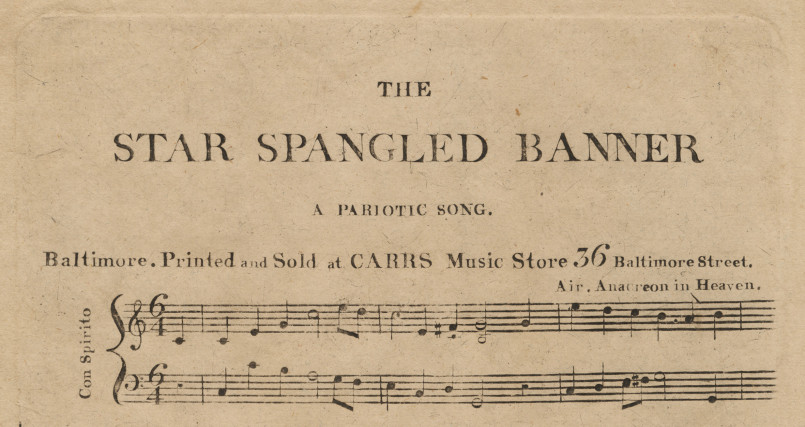
Path to Becoming National Anthem
Despite its popularity, "The Star-Spangled Banner" didn't become America's official national anthem until much later. For more than a century, it competed with other patriotic songs like "Hail, Columbia" and "America" (My Country, 'Tis of Thee).
The song gained significant traction during the Civil War, when Union troops often sang it to express their commitment to preserving the nation. By the late 19th century, the U.S. military had begun playing it at flag-raising ceremonies and official events.
World War I proved pivotal for the song's status. In 1916, President Woodrow Wilson ordered that it be played at military and naval occasions. The war's patriotic fervor increased the song's popularity, and a movement to make it the official national anthem gained momentum.
After several failed attempts in Congress, a bill to make "The Star-Spangled Banner" the national anthem was finally passed by the House and Senate in March 1931. On March 3, 1931, President Herbert Hoover signed the bill into law, officially designating the song as America's national anthem-117 years after Key wrote his famous poem.
Musical Composition and Performance
"The Star-Spangled Banner" has earned a reputation as one of the most challenging national anthems to sing. Its melodic range spans an octave and a fifth-from B♭ below middle C to F an octave and a half above-requiring exceptional vocal ability to perform properly.
The song's technical difficulty has led to countless memorable performances, both triumphant and embarrassing. From Whitney Houston's acclaimed rendition at Super Bowl XXV in 1991 to various celebrities who have stumbled over lyrics or struggled with its demanding range, the anthem remains a formidable musical challenge.
Over time, performers have developed distinctive interpretations, sometimes adding personal flourishes or stylistic elements. While purists argue for strict adherence to the traditional arrangement, others contend that these artistic interpretations reflect American values of individualism and creative expression.
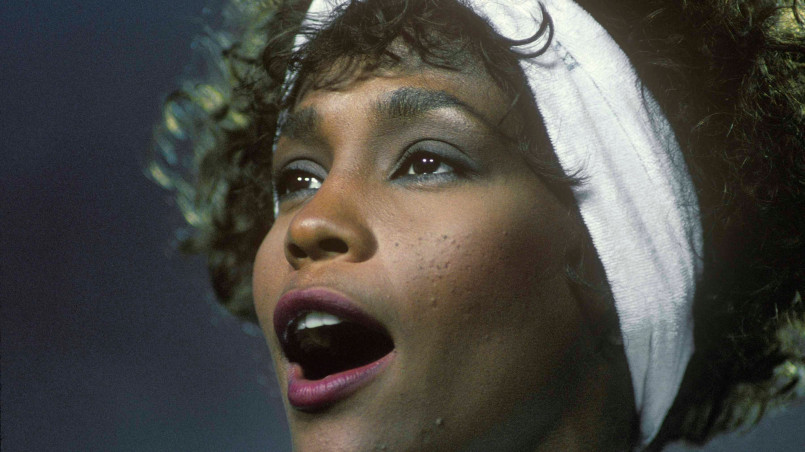
Fort McHenry Flag Today
The actual flag that inspired Key-the original Star-Spangled Banner-has been preserved as one of America's most treasured artifacts. After the battle, the fort's commander, Major George Armistead, took possession of the flag. It remained with his family until 1912, when his grandson donated it to the Smithsonian Institution.
Today, the flag is displayed in a special low-light gallery at the National Museum of American History in Washington, D.C. Measuring approximately 30 by 34 feet (it has lost some fabric over time), the flag features 15 stars and 15 stripes, representing the number of states in the Union at that time.
Conservation experts have worked diligently to preserve this fragile piece of American history. The flag shows evidence of its journey-including pieces cut out as souvenirs before it came to the Smithsonian, and the wear and tear of its actual service at Fort McHenry.
Cultural Impact and Controversy
As with many national symbols, "The Star-Spangled Banner" has been both unifying and divisive throughout American history. It has served as a powerful patriotic rallying point during wars and national crises, while also becoming a platform for protest and expressions of dissent.
Some controversy surrounds Francis Scott Key himself, who was a slaveholder and expressed views consistent with the racial attitudes of his time. Additionally, the anthem's rarely-sung third verse contains controversial lyrics that some interpret as threatening enslaved people who fought for the British in hopes of gaining their freedom.
In more recent decades, the anthem has become intertwined with sporting events, where its performance often serves as a pre-game ritual. This context has made it a platform for various political statements, most notably athlete protests involving kneeling or other gestures during the anthem to draw attention to social justice issues.
Despite these controversies, "The Star-Spangled Banner" continues to evolve in its meaning for Americans. For many, it represents core national values of freedom and resilience. For others, it serves as a reminder of America's ongoing struggle to fully realize its founding ideals of liberty and justice for all.
Frequently Asked Questions About The Star-Spangled Banner: 7 Fascinating Facts About America's National Anthem
Who wrote the Star-Spangled Banner?
Francis Scott Key, a 35-year-old American lawyer and amateur poet, wrote the lyrics that would become "The Star-Spangled Banner" after witnessing the bombardment of Fort McHenry during the Battle of Baltimore in the War of 1812. He was aboard a British ship negotiating the release of an American prisoner when the battle began.
When did the Star-Spangled Banner become the national anthem?
Despite its popularity after the War of 1812, "The Star-Spangled Banner" didn't become America's official national anthem until March 3, 1931, when President Herbert Hoover signed it into law-117 years after it was written. Before that, it competed with other patriotic songs like "Hail, Columbia" and "America" for unofficial anthem status.
What is the original Star-Spangled Banner flag?
The original Star-Spangled Banner flag was a massive garrison flag measuring 30 by 42 feet, commissioned specifically for Fort McHenry and sewn by Mary Pickersgill and her assistants. It featured 15 stars and 15 stripes representing the states in the Union at that time. This is the actual flag that Francis Scott Key saw "by the dawn's early light" and that inspired his poem.
Why is the Star-Spangled Banner considered difficult to sing?
The Star-Spangled Banner is notoriously challenging to sing because its melody spans an octave and a fifth (from B♭ below middle C to F an octave and a half above), requiring exceptional vocal range. The song also contains several awkward intervallic leaps and sustained high notes that test even professional singers.
What happened to the original Star-Spangled Banner flag?
After the Battle of Baltimore, the flag remained with Fort McHenry's commander, Major George Armistead, and stayed with his family until 1912 when it was donated to the Smithsonian Institution. Today, it's carefully preserved and displayed in a special low-light gallery at the National Museum of American History in Washington, D.C. The flag has lost some fabric over time, both from battle damage and from pieces being cut off as souvenirs before it came to the museum.
Are there more verses to the Star-Spangled Banner than what is typically sung?
Yes, Francis Scott Key originally wrote four verses, though only the first verse is commonly sung today. The additional verses continue the narrative of the battle and its aftermath, with the rarely-sung third verse containing controversial lyrics that some interpret as threatening enslaved people who fought for the British in hopes of gaining their freedom.
